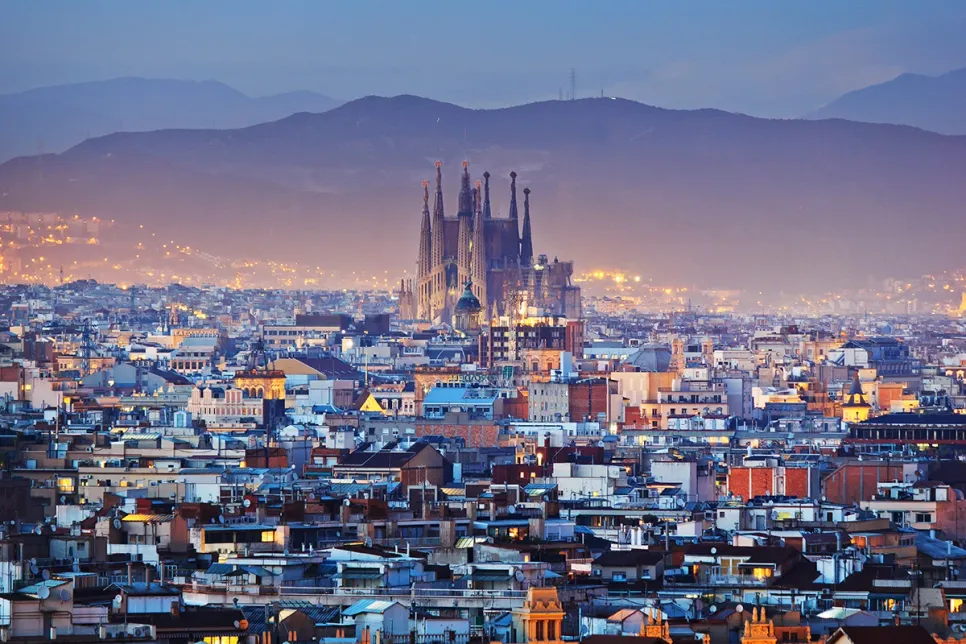Italian Watchdog Fines Apple €98 Million
The Italian Competition Authority (AGCM) has imposed a €98.6 million fine on Apple for abusing a dominant position.

With numerous measures featured in the safety and prevention protocol for COVID-19, Fira de Barcelona aims to offer the maximum safety guarantees. After the break caused by the pandemic, Fira de Barcelona is preparing to resume its activity in the final quarter of the year by holding various events. Their aim is to be a driving force behind economic and social reactivation.
In order to do this as safely as possible, a detailed manual has been developed based on an analysis of more than 400 processes associated with the holding of fairs and conferences. Nearly 1,000 possible mitigation measures have been identified, which, among other things, includes the elimination of some processes and elements that may generate unnecessary risk interactions.
The General Manager of Fira de Barcelona, Constantí Serrallonga, has highlighted that the institution will prioritise the safety of all participants in the events that are planned to be organised in the Montjuïc and Gran Via venues during the last four months of the year. In this regard, he highlighted the protocol drawn up in collaboration with technical and epidemiological experts.
“We have carried out a detailed analysis of each of the actions that visitors, exhibitors, workers and suppliers carry out at the fairs, and measures will be implemented to minimise any risks. The aim is to hold them in the best conditions and once again become an important lever for the much-needed economic recovery“, added Fira’s General Manager.
Among the main measures is the commitment to digitalise some of the activities such as online registration, cashless payment at all the venues’ establishments and the sale of services online. Wherever possible, more access points to the facilities will be made available, with entry and pass systems by mobile phone and with the possibility of doing so at pre-assigned times in order to avoid queues. Similarly, if necessary, temperature control of the attendees by means of thermal cameras or portable equipment at the entry points will be included.
Once the participants are inside the venue, the capacity limits and flow of visitors will be controlled by AI systems, the entry and exit routes will be separated, and all the movements and contacts made by the attendees will be traceable. Likewise, the exhibition spaces will be redesigned to ensure separation between individuals, automatic capacity control will be conducted in common areas and the ventilation system will be improved. There will also be control points for the use of sanitary face masks and disinfectant gel dispensers will be deployed throughout the venue.
The communal areas and frequent contact points will undergo enhanced cleaning. The stands will be designed in accordance with the new requirements, with more open and with easier to clean surfaces, reduced capacity limits and enhanced sanitisation controls in place. The handing out of materials to the exhibitors and visitors is not recommended. With regards to the conference activity, attendance will be limited to ensure that safety distances are respected and this will be complemented by digital broadcasting to improve the user experience and increase the global audience.
The manual also covers the reinforcement of the medical assistance points, with isolation areas and properly equipped personnel, as well as a section focused on information on the mitigation measures in the event of a risk of contagion which will be conveyed to all exhibitors and visitors of an event to ensure they are aware of the protocols, both in advance and when arriving at the venue. Finally, prevention and safety measures are provided for in the assembly and disassembly processes, as well as training for personnel and collaborators in the new prevention practices.